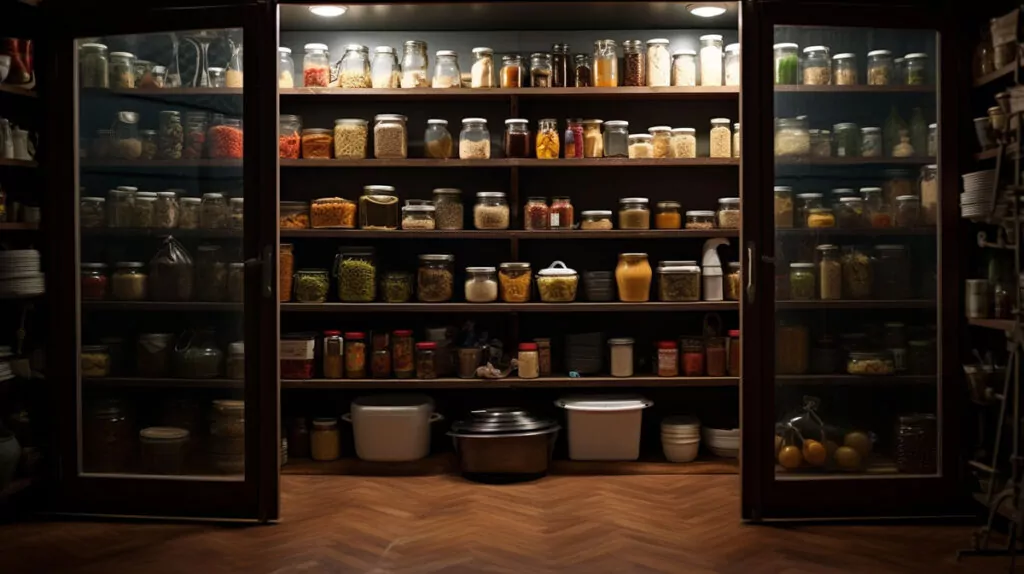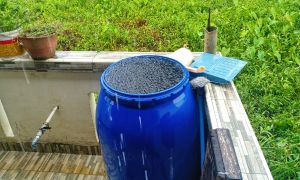There are countless varieties of moss in the world, with well over 10,000 at this point that have been classified.
And while moss is commonly associated with trees, you might be surprised to learn that not all types of moss grow on trees at all. And in fact, some types of plant and fungi life only look like moss but are completely distinct biologically.
Knowing what kinds of actual mosses grow on trees in your area can give you an advantage in a survival situation…
Moss can be used as a component in crafting, as a fire starter and some species are even edible. Keep reading and I’ll tell you about 11 types of moss that grow on trees.
Tree Moss (Order Bryales)
Of course, tree moss grows on trees! But tree moss is something of a misnomer for our list here, because it actually consists of an order that contains many different distinct species.
Nonetheless, all of these species have broad similarities: young tree moss is a pale, lime green color and turns into a rich pine- or emerald green when it’s fully grown, with each stem measuring anywhere from 2 to 4 inches in length.
Found all across the North American continent and most of Europe, it likewise grows on a huge variety of trees. Aside from the coloration, look for a plush, wooly texture, and brick-red stems to help you identify it.
Fire Moss (Ceratodon purpureus)
Fire moss is one of the most interesting and spectacularly colored examples on our list: not only does it have a bright red stalk which can give it a fiery color from the right angle, but it is usually found growing most readily in the aftermath of wildfires.
This moss seems to seek out burnt wood in order to grow!
Wherever it does take root, it grows quite low, rarely exceeding half an inch, but it grows with remarkable density, forming a springy mat on the surface.
Knight’s Plume Moss (Ptilium crista-castrensis)
Reaching up to a majestic (for moss) five inches tall, Knight’s Plume moss is named because it resembles the decorative plume atop a medieval knight’s helmet. For this reason, it is also sometimes referred to as feather moss thanks to its delicate, frond-like appearance.
Although it’s typically a creeping ground covering loss, it will sometimes grow a little bit up the trunks of trees in favorable conditions.
Notably, this moss is more resistant to sunlight than most on our lists, and can commonly be found growing where the canopy is thin or at the edge of woods.
Sheet Moss (Hypnum curvifolium)
Sheet moss, like so many others on our list, can be found almost anywhere there is shade and moisture. It is highly variable in length; some stay quite close to the ground while others can grow several inches long.
Another primary characteristic is that it grows in a uniformly thick, continuous sheet, hence the name. It is easily recognized by its overall appearance, usually described as carpet-like.




 Your pantry could be stocked with foods that have virtually no shelf life.
Your pantry could be stocked with foods that have virtually no shelf life. 

 This is arguably the most obvious use for blue barrels that go beyond simply storing water in them.
This is arguably the most obvious use for blue barrels that go beyond simply storing water in them. After cutting the barrel in half, you can alternatively fill it up with soil. Plant vegetable seeds or
After cutting the barrel in half, you can alternatively fill it up with soil. Plant vegetable seeds or 

